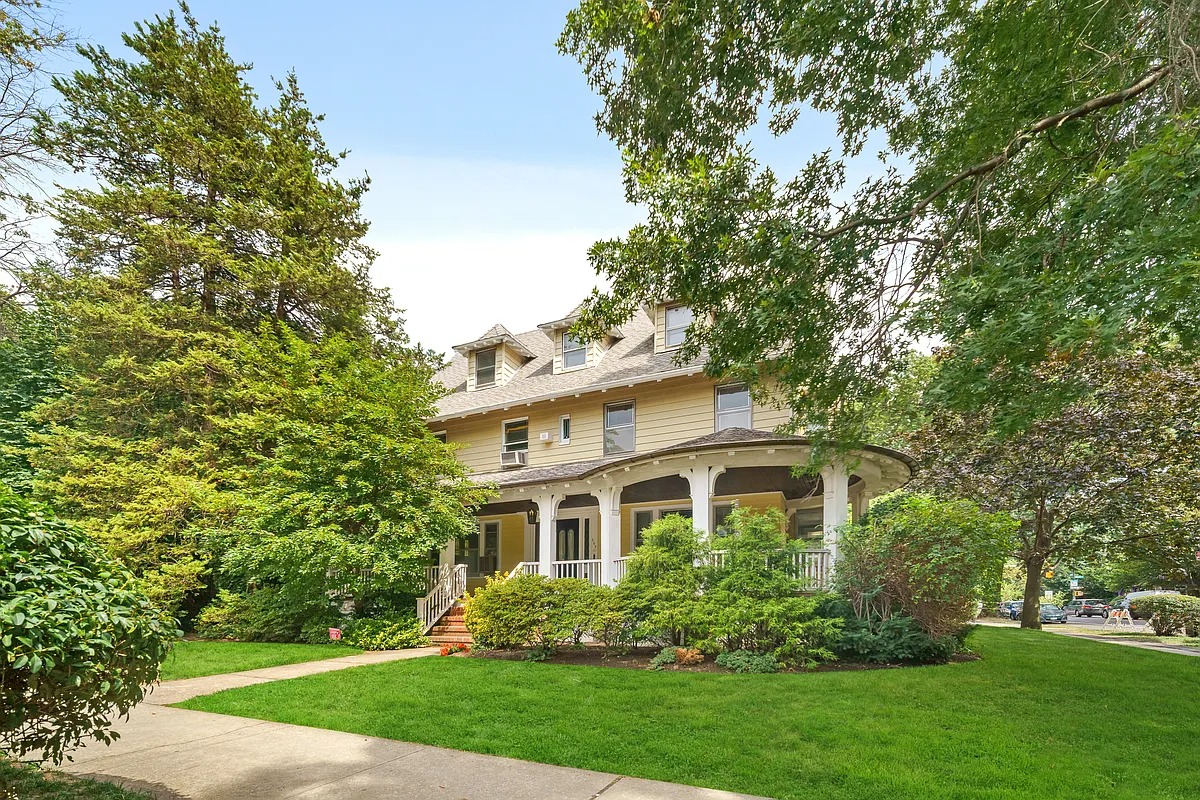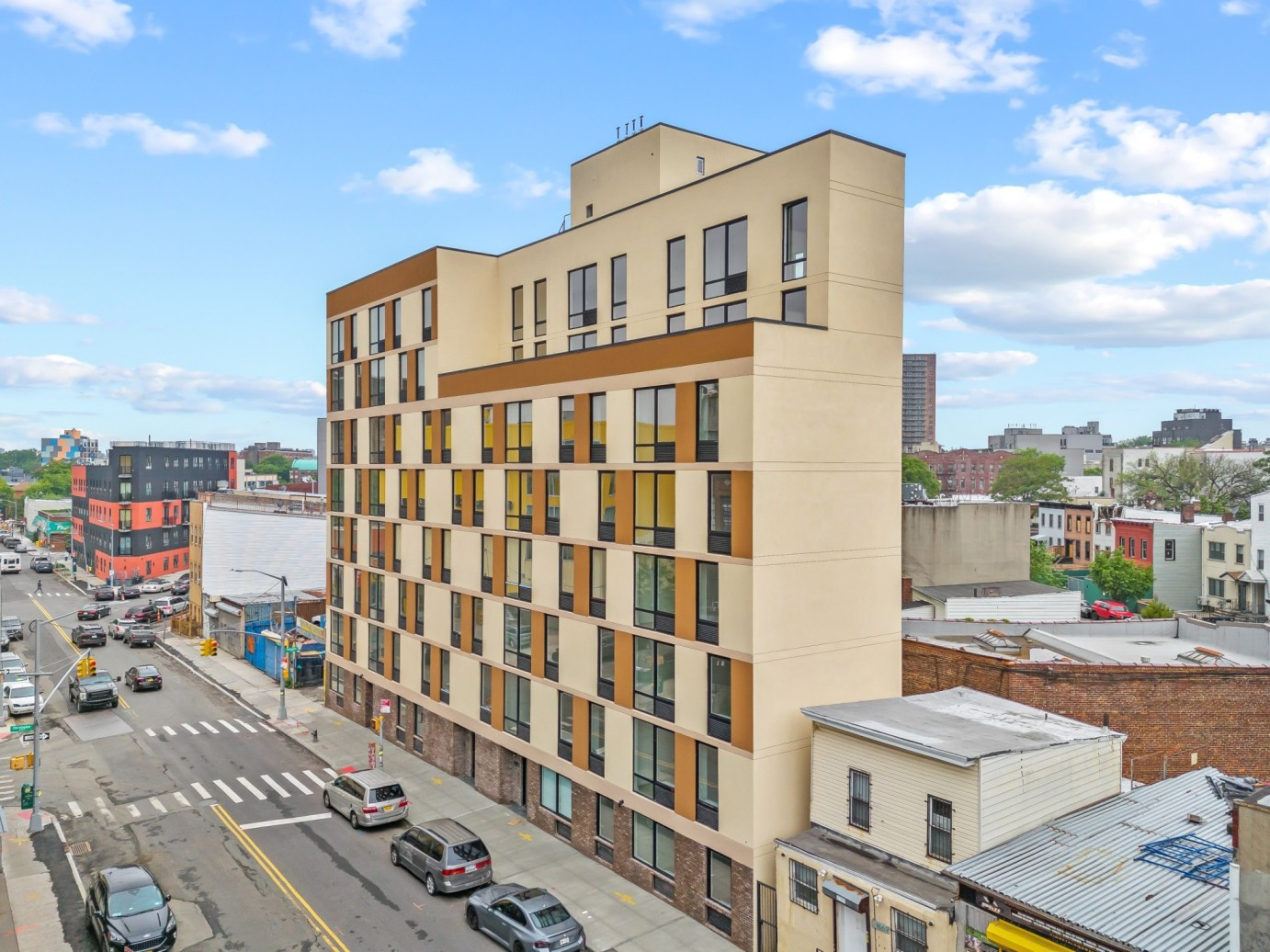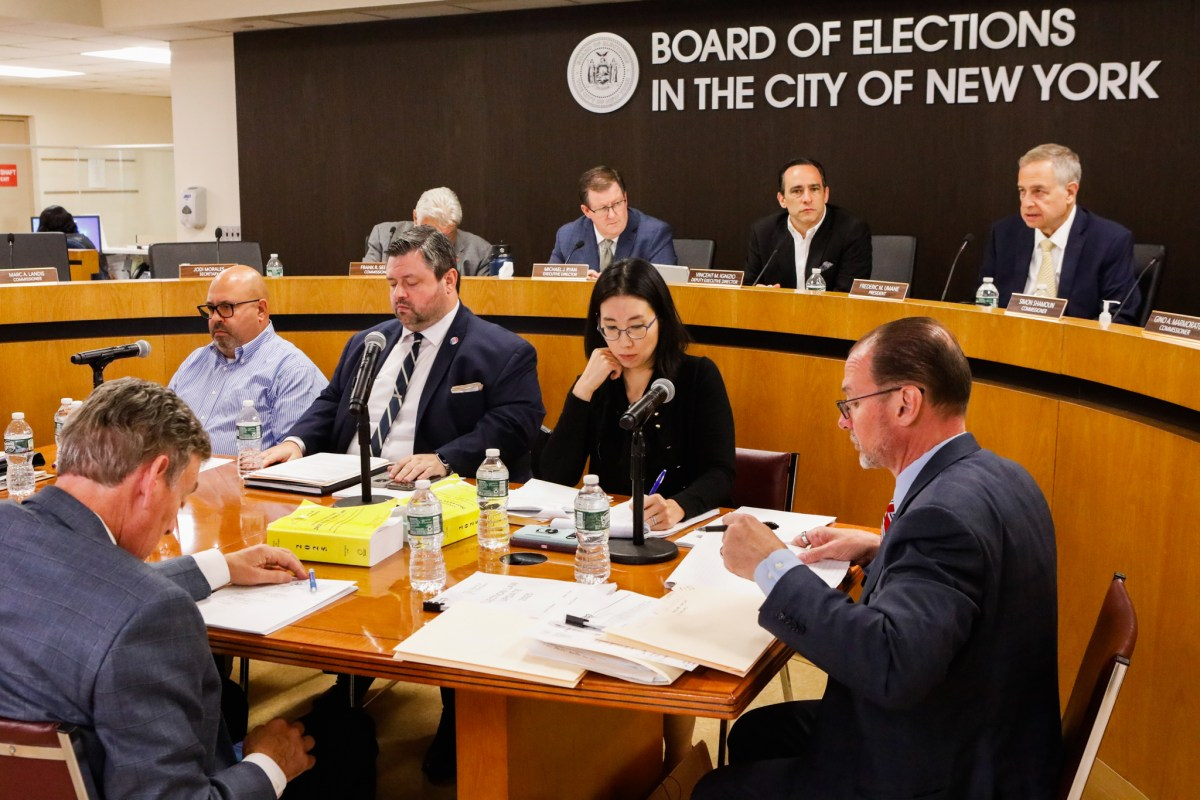HUD Official Speaks the Unspeakable: Selling The Projects
As we’ve mentioned before, rumors about the privatization of certain public housing projects in parts of rapidly gentrifying areas of Brooklyn have been circulating for a couple of years. Most recently, we wrote about the theory that the Ingersoll and Whitman Houses in Fort Greene were being emptied in anticipation of such a move; it’s…


As we’ve mentioned before, rumors about the privatization of certain public housing projects in parts of rapidly gentrifying areas of Brooklyn have been circulating for a couple of years. Most recently, we wrote about the theory that the Ingersoll and Whitman Houses in Fort Greene were being emptied in anticipation of such a move; it’s also not hard to imagine something similar happening at the Farragut Houses, given their close proximity to Dumbo, the most expensive neighborhood in Brooklyn. Given what a politically and emotionally charged issue this is, however, no public official has ever said anything in its favor, as far as we know. But, on Tuesday, Sean Moss, the regional administrator for the federal Housing and Urban Development Department, went out on a serious limb. In light of the New York Housing Authority’s dismal financial position (an annual shortfall of $200 million), he said, selling public housing buildings in the most upscale areas could make sense. “It may displace some people, and that is a concern,” Moss said. “That is not necessarily a bad thing if you can create more housing [elsewhere] with that.” We’ll see whether political pressures force him to backpedal in the coming days.
Feds Eye NY Building Sale at Housing Projects [NY Daily News]
Bye Bye Public Housing, Hello Luxe Condos? [Curbed]
What’s Really Going on at the Ingersoll Houses? [Brownstoner]





Sell Sell Sell
I’m new to this debate, but want to interject a bit of a history lesson.
First, I grew up in the West 80s in the 1970s (when the UWS was a bad neighborhood) and now live close to Ingersoll/Whitman. I lived a block from Wykoff Gardens in Boerum Hill for 4 years (1994-6 and 2003-6). I’m white, middle class, married with a baby and a 5th generation New Yorker. I have watched gentrification go on around me my entire life.
Second, back in the 1950s and 60s Robert Moses razed a lot of middle class neighborhoods and installed the super-block public housing we know and love (to hate) today (take a look at “The Power Broker” by Robert Caro or the Robert Moses episode of the Ken Burns “New York” PBS special). For example, Gowanus/Wykoff were once all brownstones, but when much of the middle class started to move to Long Island and New Jersey, then entire area was ‘blighted’ and turned into projects.
Having been completely displaced from the neighborhood I grew up in, I am not sympathetic to those who claim “this is OUR neighborhood”. We are all renters in life, and do not own anything forever. New York is undergoing constant change, and nobody can claim that any neighborhood is theirs (unless you are a member of the Lenape Indian tribe, or maybe a decedent of Peter Stuyvesant).
The problem is not the people, it is the projects themselves. They appear to horrible places to live. The cycle of poverty is perpetuated by the fact that if you actually get a job, you will probably have to move out. Given the current rent spike, there is little chance that anyone wants to face that option. But these are not recent issues, they have been a subject of debate my entire life.
So, as always, there are two choices: status quo, or demolish them and start over.
Hardship is an inescapable part of society. It is not the government’s job to make sure everyone is doing ‘ok’. When government takes away an individuals need to make their own way in the world, you end up with the despair and cycle of poverty that infects public housing which is then amplified from generation to generation (i.e. Marvin Gaye vs. 50 Cent).
There are plenty of lazy criminals in public housing, and there are also many working poor and elderly. But, no one is benefiting from NYCHA housing projects. At best, some are surviving because of them. But advocating mere survival seems worse than attempting to install a new solution. The temporary hardship of relocation is clearly the lesser of two evils when compared to perpetuating the prison of the projects.
6.37;
Before calling me a hypocrite, I suggest you read my posts. I noted that the following cities have torn down large portions of their public housing (in the form of old-style projects): Chicago, St. Louis, Newark, Kansas City and Detroit. This is my evidence. I asked for contrary evidence that there had been some special suffering, and was presented with a report from an advocacy group with one anecdotal story.
I repeat my theory that this whole issue is similiar to welfare reform. When welfare reform was passing through the Congress, one of the old guard liberals (Senator Moynihan)predicted that “millions” would be put out to the street. Never happened.
The defenders of these projects are fighting a similiar rear-guard action.
Benson
It’s sad that there have been so many heartless comments about this topic. Public Housing is neccessary, unfortunately, made even more so by recent higher housing costs… and a whole history beyond time here. Anyone writing here could find themselves in need at some point, but until then, the majority of you motherfucking fascists will just have to hope Dumbo doesn’t get invaded, and that the projects can get turned into condos.
It’s pathetically ironic that the previous notice on this blog is for a Crime Prevention Meeting in Dumbo. After the projects are all sold off, you won’t need to post that one.
I’m sure it wasn’t intended to be lining up Ingersoll for a sale, but now that the residents have already moved out, the displacement cost that Moss referred to is not relevant – making it a prime candidate.
Close all housing projects.
People dont realize it, but some of these apts are pretty sweet. Theres a project on houston. There’s another one by lincoln center. There are several in Chelsea, and I assure the market rate on many of these apts is more than many of us can afford.
We hear you Guest 6:38PM!
FG/GL
Thanks 6:33…Polemicist doesn’t have the best spelling…you have to make allowances sometimes. 😉
FG/GrammarLady